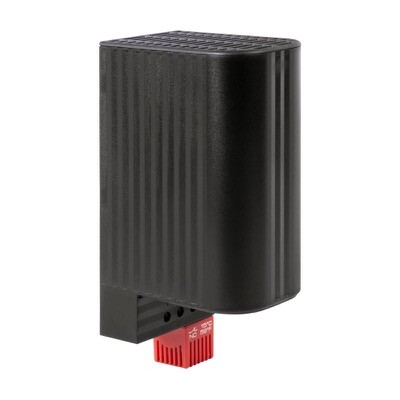Ensuring the reliable operation of electrical components is paramount across various industries. However, fluctuating temperatures within enclosures can pose a significant challenge, potentially leading to malfunctions and equipment damage. Enclosure heaters offer a targeted solution to this issue, ensuring optimal performance within electrical systems.
Understanding Enclosure Heaters & Their Benefits
Enclosure heaters are compact devices strategically placed within enclosures, cabinets, or panels. Their primary function is to generate heat, effectively mitigating the risks associated with temperature fluctuations and condensation. Condensation, often unseen, can be a silent threat, leading to electrical shorts, corrosion, and even mold growth.
By maintaining a slightly elevated internal temperature, typically 5°C (9°F) above ambient, enclosure heaters effectively address condensation concerns. This proves particularly crucial in unheated spaces, outdoor applications, or environments prone to significant temperature variations. Additionally, they prevent sensitive electrical components from becoming excessively cold, which can cause sluggish operation, reduced efficiency, and potential faults.
Applications for Enclosure Heaters
Enclosure heaters are widely used in a variety of electrical systems, including industrial control panels that house PLCs, relays, and other sensitive electronics; outdoor enclosures for telecommunications equipment; distribution panels and switchgear enclosures, and enclosures housing medical equipment. In all of these applications, enclosure heaters ensure consistent temperature regulation for reliable operation and prevent moisture-related problems.
Choosing the Right Enclosure Heater
Selecting the appropriate enclosure heater requires careful consideration of several factors:
- Wattage: The required wattage of the heater directly correlates to the size of the enclosure and the desired temperature increase. A larger enclosure or a more significant temperature rise will necessitate a higher wattage heater.
- Voltage: Ensure the heater is compatible with the available voltage supply within the enclosure.
- Mounting Options: Enclosure heaters come in various mounting configurations, such as for wall mounting, DIN rail mounting, or direct surface mounting. Choose the option that best suits the available space within the enclosure.
- Thermostat Control: Some enclosure heaters incorporate thermostats for automatic temperature regulation, ensuring energy efficiency and maintaining consistent internal temperatures.
- Safety Features: Look for features like thermal overload protection to safeguard against overheating and potential fire hazards.
- Fan Assisted: Some models also include a fan to help circulate the warm air.
Enclosure heaters are a practical and cost-effective solution for maintaining optimal performance and longevity of electrical components within enclosures. By preventing condensation and regulating internal temperature, they ensure reliable operation and minimize the risk of malfunctions and equipment damage. By understanding the types, applications, and selection criteria for enclosure heaters, you can make informed decisions to safeguard your electrical systems in diverse environments.

